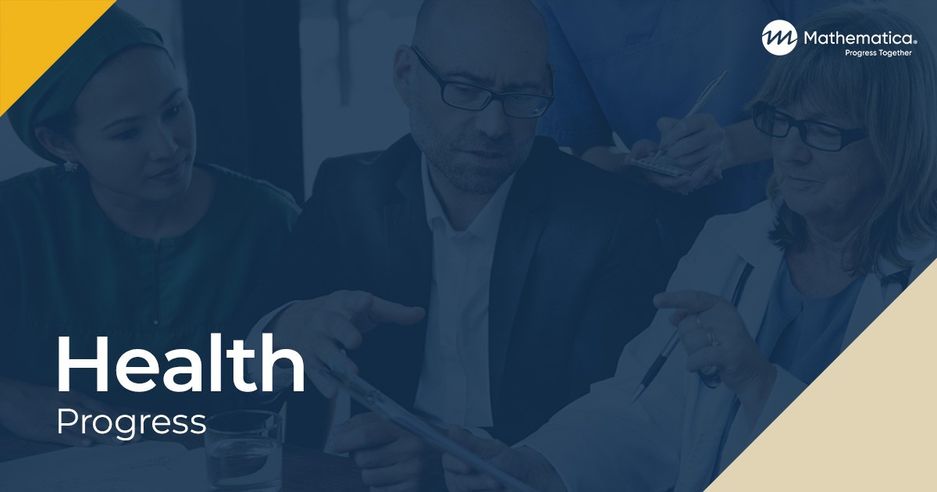Predicting Employment After Vocational Rehabilitation Using Observable Customer Characteristics
Download
The Vocational Rehabilitation (VR) program provides support and services to people with disabilities who want to work. Approximately one-third of eligible VR customers are employed when they exit the program. The remainder either exit without ever receiving services or without employment after receiving services. In this study, we explore how customer characteristics and VR services predict these outcomes.
We examined VR case level data from the RSA-911 files. Machine learning techniques allowed us to explore a large number of potential predictors of VR outcomes while requiring fewer assumptions than traditional regression methods.
Consistent with existing literature, customers who are employed at application are more likely to exit with employment. Some customers with low or no earnings at application who are not identified in prior studies are more likely than others to have poor program outcomes, including those with developmental disability who are under 18 and customers without developmental or learning disabilities. VR counselors and administrators should consider implementing early, targeted interventions for newly identified at-risk groups of VR customers.
Efficiency Meets Impact.
That's Progress Together.
To solve their most pressing challenges, organizations turn to Mathematica for deeply integrated expertise. We bring together subject matter and policy experts, data scientists, methodologists, and technologists who work across topics and sectors to help our partners design, improve, and scale evidence-based solutions.
Work With Us
